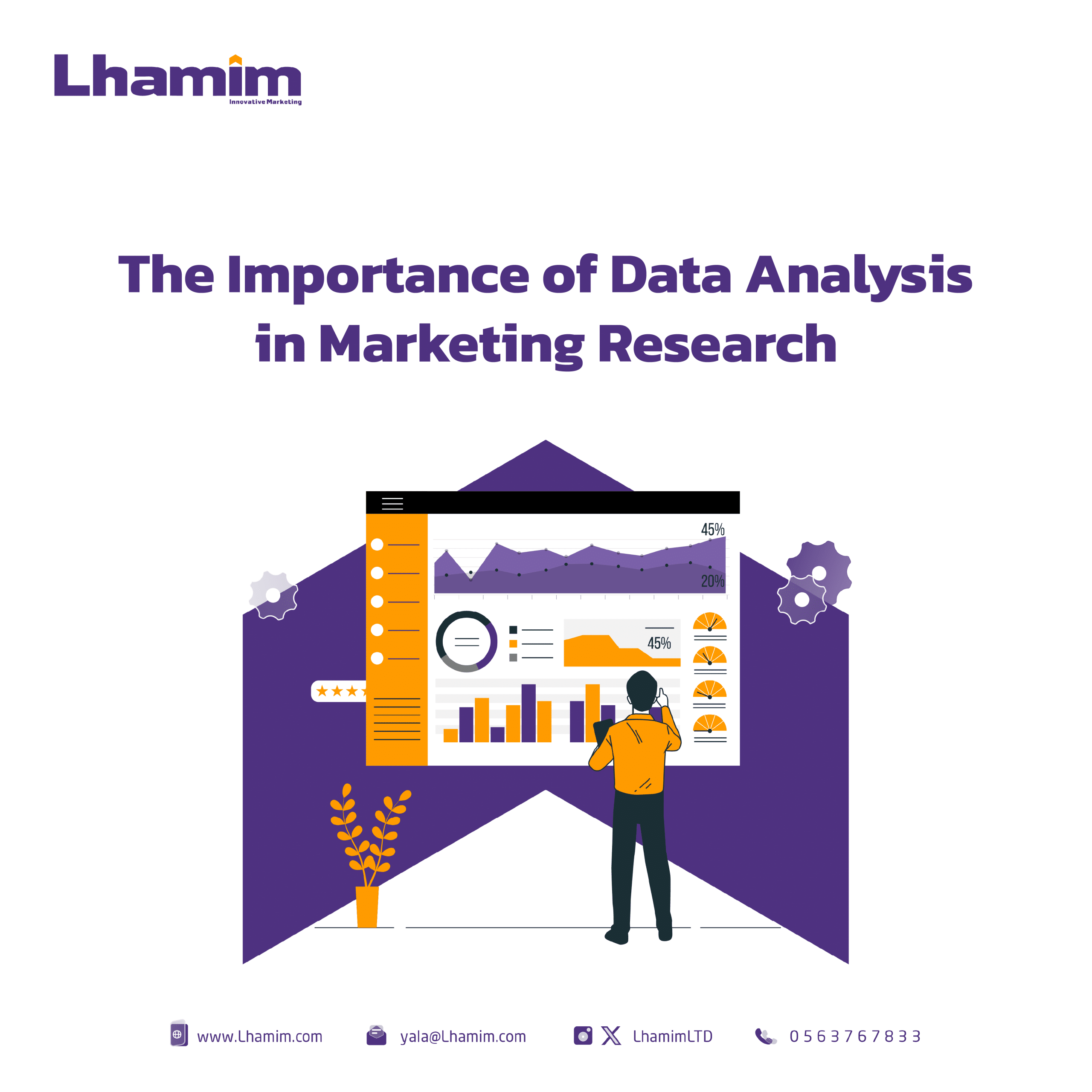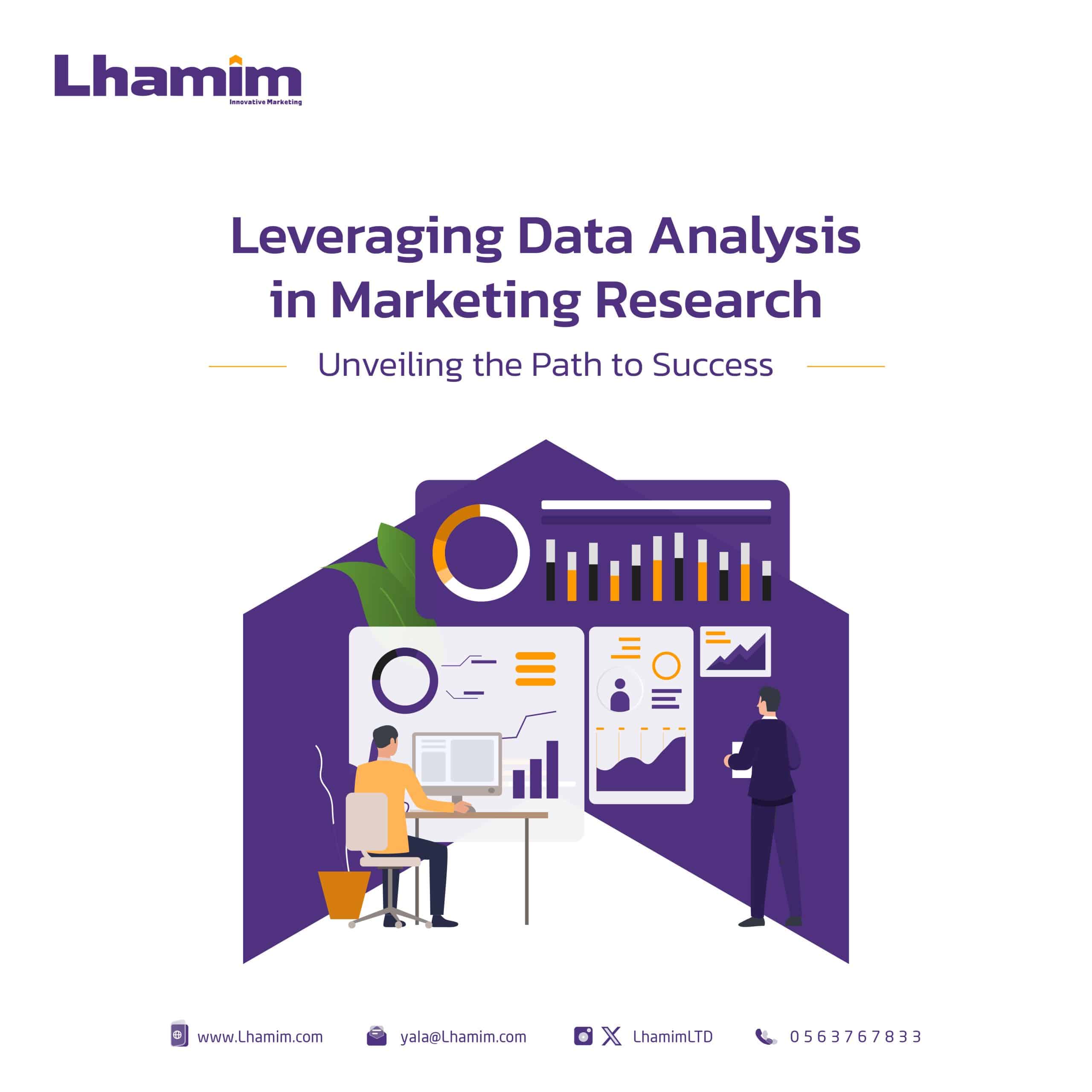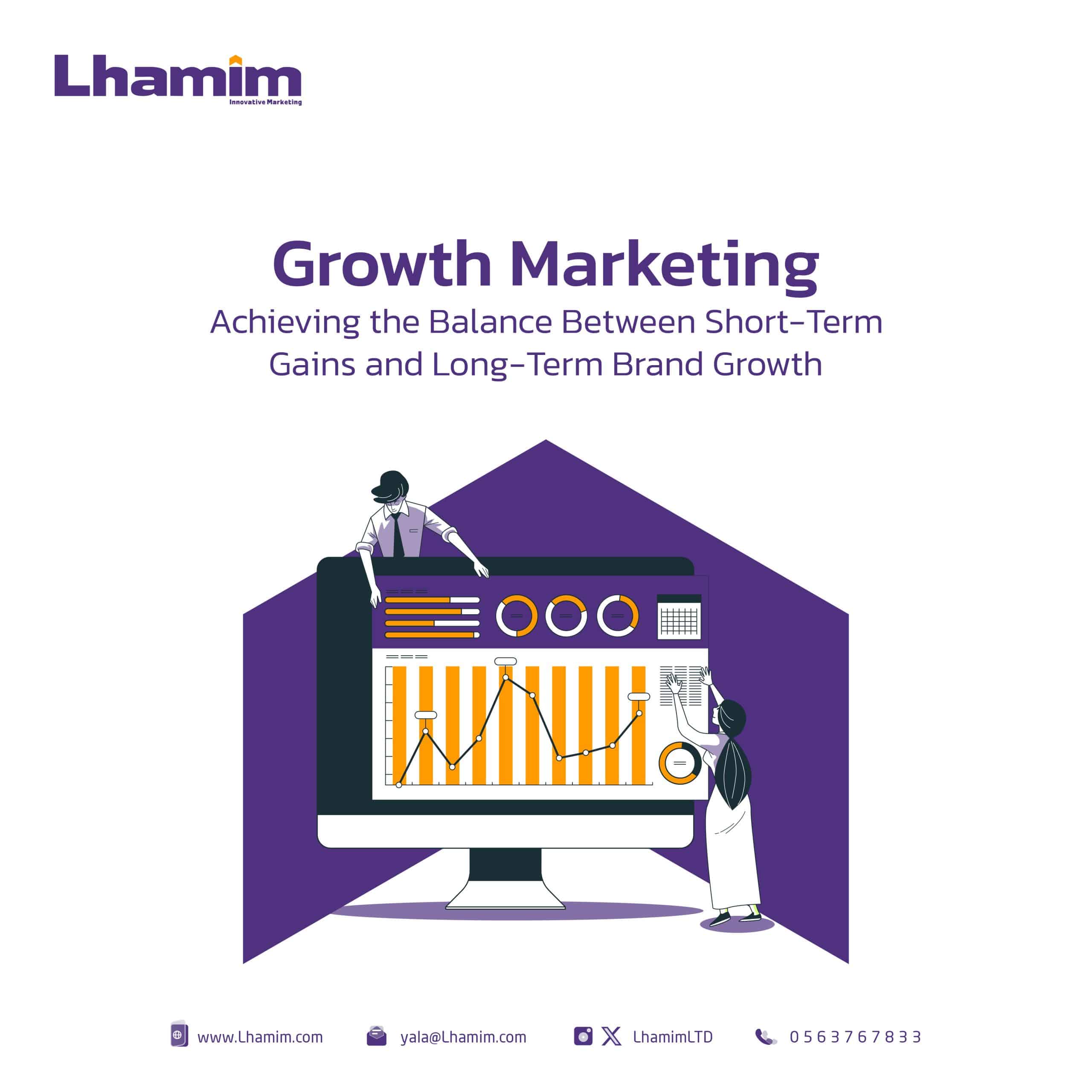
Why Email Marketing Reigns Supreme in 2024: Unraveling the Power of this Timeless Strategy
In the rapidly evolving world of digital marketing, where new trends emerge with each passing day, one traditional approach has proven its resilience and continued effectiveness: Email Marketing. Despite the ever-increasing number of communication channels available, email marketing remains a stalwart in the realm of marketing strategies in 2023. In this blog, we will delve into the reasons why email marketing stands tall amidst the dynamic landscape of modern marketing practices. What is Email marketing? Email marketing is a digital marketing strategy that involves sending commercial messages or promotional content to a group of people through email. This marketing approach allows businesses, organizations, and individuals to reach their target audience, communicate with customers, and build relationships with prospects through the use of email. Where does the power of email marketing come from? In 2023, customer expectations have evolved significantly, and individuals expect personalized experiences from the brands they engage with. Email marketing allows businesses to tailor their messages according to each recipient’s preferences, behavior, and demographics. With advanced data analytics and AI-powered tools, marketers can segment their audience effectively, ensuring that the right message reaches the right person at the right time. This level of personalization builds trust and strengthens customer relationships, leading to higher engagement and conversion rates. As businesses strive to optimize their marketing budgets in the competitive landscape of 2023, cost-effectiveness becomes a crucial consideration. Email marketing shines as a budget-friendly solution when compared to other marketing avenues like paid advertising or influencer marketing. With minimal expenses for email campaigns, businesses can achieve significant returns on investment, making it a go-to choice for both large enterprises and small startups. One of the most compelling reasons for email marketing’s enduring popularity is its exceptional ROI potential. Numerous studies have consistently shown that email marketing yields a higher return on investment compared to other marketing tactics. By targeting a receptive audience and delivering relevant content, businesses can drive conversions, sales, and customer loyalty more effectively than through many other marketing channels. In the data-driven era of 2023, marketing decisions heavily rely on concrete evidence and actionable insights. Email marketing platforms provide comprehensive analytics, allowing businesses to track various performance metrics such as open rates, click-through rates, conversion rates, and subscriber behavior. With such data at their fingertips, marketers can continually optimize their email campaigns, fine-tuning their strategies to achieve better results and higher engagement. Marketing in 2023 demands efficiency and streamlined processes. Email marketing platforms have embraced automation, enabling businesses to set up drip campaigns, welcome sequences, and personalized journeys for their subscribers. Automation not only saves time and effort but also ensures consistent and timely communication with prospects and customers. Additionally, automation allows businesses to nurture leads at different stages of the customer journey, increasing the chances of conversion. In the mobile-first era, where the majority of internet users access content on their smartphones, email marketing has adapted to become mobile-responsive. Marketers can create emails that render well on various devices and screen sizes, providing a seamless experience for recipients, regardless of the device they use. This adaptability further strengthens the efficacy of email marketing in reaching and engaging a wide audience. In an age when consumers are increasingly wary of aggressive advertising tactics, email marketing offers a more personalized and non-intrusive approach. By delivering valuable content, updates, and exclusive offers directly to their inbox, brands can build trust and establish themselves as credible sources within their niche. A trust-based relationship with customers leads to higher customer retention and advocacy. Steps for Email Marketing: 1- Build an Email List: The first step is to gather email addresses from individuals who have subscribed to your list. This can be achieved through registration forms on websites, social media platforms, or other channels where users sign up to receive emails from you. 2- Create Email Campaigns: Once you have established your brand’s email list, you begin designing and creating a tailored content plan for your email campaigns. These messages can include promotional offers, product updates, newsletters, event invitations, customer surveys, and more. 3- Segment the Target Audience: Email marketers often segment their email lists based on specific criteria such as demographic data, interests, purchase history, or engagement levels. Segmentation allows for more personalized and targeted content delivery, increasing interaction and conversion opportunities. 4- Design and Format the Email: Email messages are typically designed to be visually appealing and compatible with mobile devices, making them user-friendly for recipients. Marketers use various tools and templates to create professional emails that include images, text, and call-to-action buttons. 5- Send the Email: After preparing the email content, it is sent to the designated segments of the email list. Timing is crucial in email marketing, and marketers can schedule messages to be sent at specific times and dates to improve open and click-through rates. 6- Analyze the Results: Email marketing platforms provide valuable data and analytics that allow marketers to track the performance of their email campaigns. Metrics such as open rates, click-through rates, bounce rates, and conversion rates help evaluate the effectiveness of the campaign and improve future strategies. Effective Email Marketing Strategies Conclusion As we explore the new tools and strategies for marketing in 2023, email marketing remains a powerful and highly effective force that should never be underestimated when employed correctly. Its ability to personalize, target, and build a communication loop with audiences makes it an integral part of any modern marketing strategy, with its potential to deliver a strong return on investment. It’s your opportunity to directly communicate with your target audience and past customers in their inbox, at their convenience, through professional and customized messages tailored to their interests. We can make email marketing one of your most impactful marketing channels. Feel free to reach out to us.






